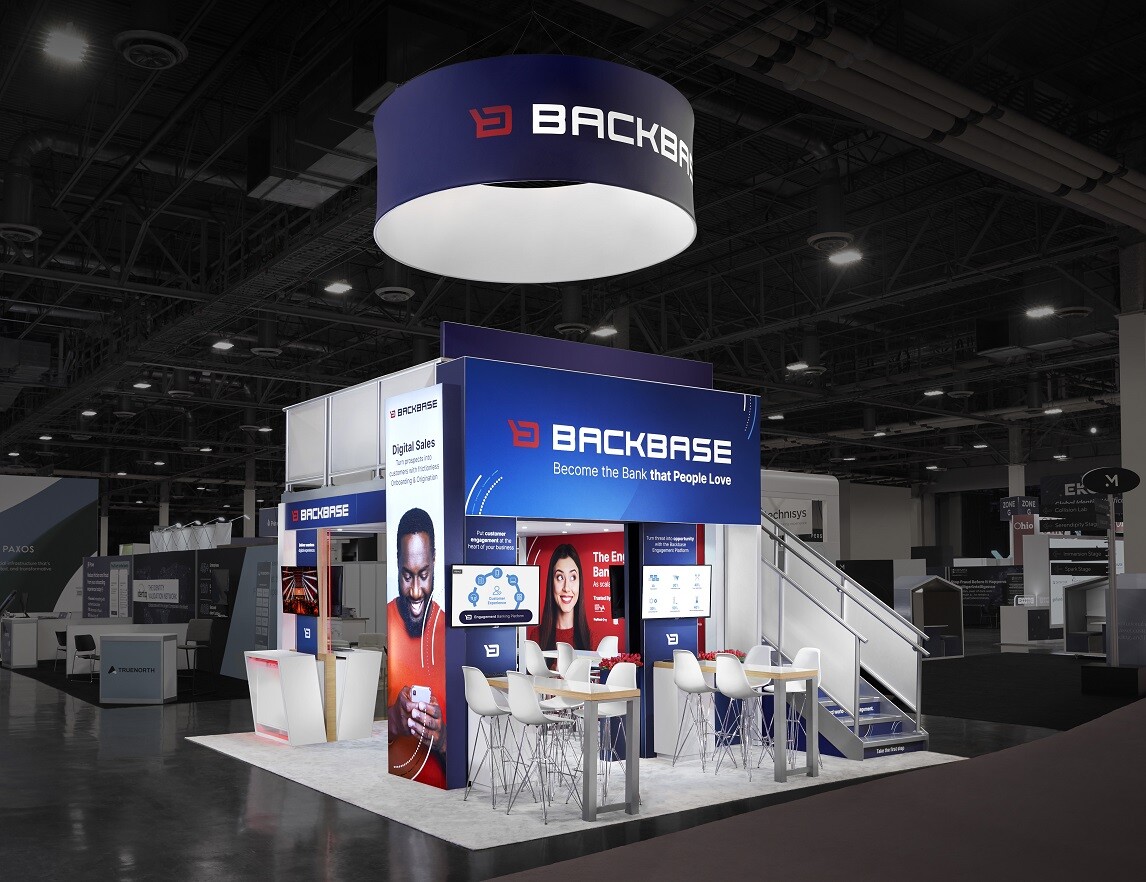Our modern economy is an indicator of how tech has been infiltrating nearly every aspect of our lives, especially with how we choose to allocate resources and make purchases.
So how does this apply to exhibits and trade shows?
At Steelhead, we pride ourselves on being a top provider of truly customized rental exhibits. But it goes way beyond that. Being perpetual students, we got deeply curious about how our business model is part of the modern revolution of the access model. Being the “Uber” or “Spotify” of the trade show industry allows us to empower top-notch brands with exhibit solutions that are unique, affordable, functional, and sustainable. The end result of this business model not only makes our clients happy, but it goes way beyond a standard rental and contributes to this new economic ecosystem.
Since we are the curious kind, we wanted to learn more about the terminology that keeps popping up surrounding this burgeoning economy that we’re excited to be a part of. Specifically, the similarities and differences between:
- Sharing economy
- Access economy
- Rental economy
- Circular economy
So let’s break it down!

What is the sharing economy?
“The sharing economy is an economic model defined as a peer-to-peer (P2P) based activity of acquiring, providing, or sharing access to goods and services that is often facilitated by a community-based online platform,” according to Investopedia.
Although sharing has been a practice among communities since the dawn of civilization, the advent of the internet, smartphones, and apps have catapulted sharing into its own booming economy. Economic experts predict that the sharing economy will be worth $335 billion by 2025.
Examples of sharing economy brands are Airbnb and Uber. And, Steelhead! After all, our mission over the last 25 years has been to share our resources with event marketers, the trade show industry, and our community.
What’s the difference between the sharing economy and the access economy?
The short answer: not much.
In our research, the principles of the sharing economy and the access economy are largely the same, with the lexicon used interchangeably. Also notable is that during the 2010s, “access economy” was the term largely used to predict the sharing economy of today.
One notable difference between these two terms is that “In the Access Economy, you chose access in lieu of ownership. The Sharing Economy is not averse to ownership since ownership also means you become both consumer and provider of goods and services,” says Alani Kuye, gig economy expert and CEO of Phlatbed.
What about the sharing economy and the rental economy?
Some experts believe that the rental economy is in the midst of a major comeback as a result of the pandemic.
The core objectives of the rental economy are to provide goods for a low cost and minimal obligations. It can be argued that the sharing economy does the same, except the key difference here is that goods and services exchanged in the sharing economy are between consumers, whereas the rental economy’s model is directly business to consumer.
Almost anything can be rented now — vehicles, scooters, clothing, furniture, and trade show exhibits, just to name a few. Some examples of brands in the rental economy business model are Rent the Runway, U-Haul, Lime scooters, and once again, Steelhead for custom exhibit rentals.

So then what is the circular economy?
First, it’s important to understand that since the industrial revolution and the rise of capitalism, our economy has been mostly linear. This means that raw materials and natural resources are harvested to manufacture goods, which are then pushed out into the market to be purchased, and then disposed of (aka end up in a landfill). This form of modern consumerism hasn’t exactly been environmentally sustainable.
The World Economic Forum’s definition of circular economy is: “A circular economy is an industrial system that is restorative or regenerative by intention and design. It replaces the end-of-life concept with restoration, shifts towards the use of renewable energy, eliminates the use of toxic chemicals, which impair reuse and return to the biosphere, and aims for the elimination of waste through the superior design of materials, products, systems, and business models. ”
Luckily, large brands are increasingly incorporating the circular economy into their product offerings. For example, Burger King is testing reusable packaging. IKEA recently announced a used furniture buyback program. And at Steelhead, the trade show industry’s only B-Corp certified exhibit provider in North America, our business model has a direct impact on waste reduction in corporate marketing events.
In conclusion, the sharing economy, access economy, and rental economy have more similarities than they do differences. Experts might label one as being a core foundation over the others. No matter what you might call it, these economies have a significant impact on the way we consume products and are much more sustainable for the environment.
Are you ready to explore how the sharing/access/rental economy can benefit your trade show budget and sustainability efforts? Reach out to talk to one of our knowledgeable brand reps to discuss your next corporate marketing event.


